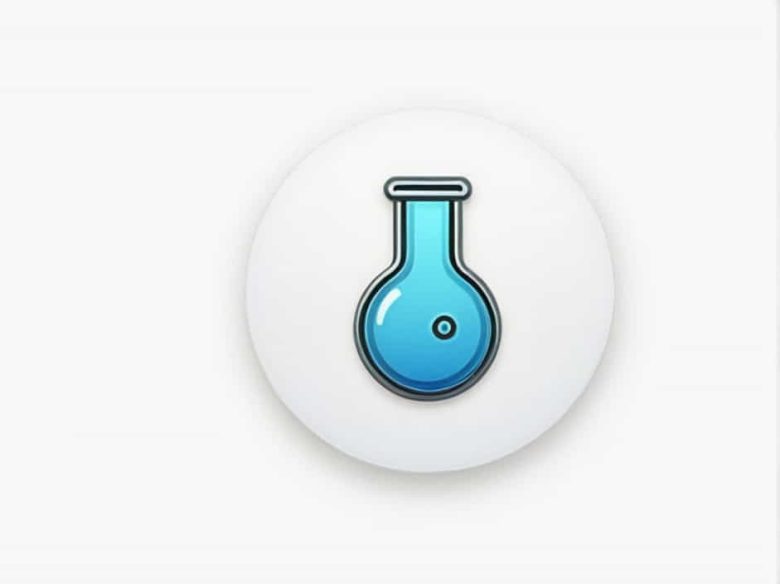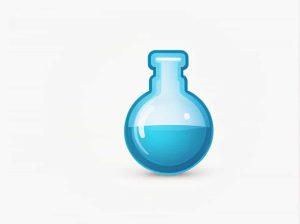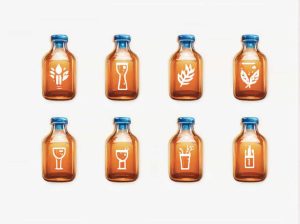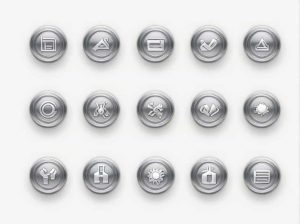The concentration of solutes in a solution is a fundamental concept in chemistry biology and various industrial applications. It determines how much of a substance is dissolved in a given amount of solvent and affects properties like reaction rates osmotic pressure and chemical equilibrium.
In this topic we will explore different ways to measure concentration factors that influence it and real-life applications.
What is the Relative Concentration of Solutes?
The relative concentration of solutes refers to the amount of dissolved substance compared to the total volume of the solution. It helps determine the strength of a solution whether it is dilute or concentrated.
For example a sugar solution with a small amount of sugar dissolved in water is considered dilute while a solution with a high sugar content is concentrated.
Ways to Express Concentration
There are several methods to express the concentration of solutes in a solution each with its own significance depending on the application.
1. Molarity (M)
Molarity is one of the most common ways to express concentration in chemistry. It is defined as:
For example a 1M NaCl solution contains 1 mole of sodium chloride dissolved in 1 liter of water.
2. Molality (m)
Molality is another way to express concentration and is given by:
Molality is often used in thermodynamic calculations because it is independent of temperature changes.
3. Mass Percent (%)
Mass percent expresses the concentration in terms of mass:
For example a 10% saline solution means 10 grams of salt is dissolved in 100 grams of solution.
4. Volume Percent (% v/v)
This is used when both solute and solvent are liquids:
It is commonly used in solutions like alcoholic beverages (e.g. 40% ethanol in whiskey).
5. Parts Per Million (ppm) and Parts Per Billion (ppb)
These units are used for very dilute solutions especially in environmental science:
For instance drinking water may contain fluoride at 1 ppm meaning 1 milligram of fluoride per 1 liter of water.
Factors Affecting Solute Concentration
Several factors influence the relative concentration of solutes in a solution:
1. Temperature
- Higher temperature increases solubility in most liquids (e.g. sugar dissolves faster in hot tea).
- In gases higher temperature decreases solubility (e.g. less oxygen in warm water).
2. Pressure
- For gas solutes higher pressure increases solubility (e.g. carbonated drinks stay fizzy under pressure).
3. Nature of Solvent and Solute
- Polar solutes dissolve better in polar solvents (e.g. salt in water).
- Non-polar solutes dissolve in non-polar solvents (e.g. oil in benzene).
Dilute vs. Concentrated Solutions
Solutions can be classified based on the relative concentration of solutes:
- Dilute solutions: Contain a small amount of solute compared to the solvent. Example: weak lemonade.
- Concentrated solutions: Contain a large amount of solute. Example: thick syrup.
Effects of Solute Concentration on Chemical Reactions
The concentration of solutes plays a key role in determining reaction rates and equilibrium.
1. Reaction Rate
- Higher concentration increases the reaction rate due to more frequent collisions between molecules.
- Example: Higher HCl concentration speeds up the reaction with zinc.
2. Osmosis and Diffusion
- Osmosis is the movement of water across a membrane due to differences in solute concentration.
- Example: Hypertonic solutions cause cells to shrink while hypotonic solutions cause them to swell.
3. Colligative Properties
- Properties like boiling point elevation and freezing point depression depend on solute concentration.
- Example: Adding salt to ice water lowers the freezing point preventing roads from icing.
Real-Life Applications of Solute Concentration
1. Medicine and IV Fluids
- Hospitals use isotonic saline (0.9% NaCl) to match the body’s natural solute concentration.
2. Food and Beverages
- Sugar concentration determines the sweetness of soft drinks.
- Salt concentration in brine preserves food.
3. Environmental Science
- Measuring pollutant concentration in air and water ensures safety standards.
Understanding the relative concentration of solutes in a solution is essential in chemistry medicine industry and environmental science. Different units of measurement help express concentration based on the context and factors like temperature pressure and solute-solvent interactions influence solubility.
From medical IV fluids to the taste of our favorite beverages solute concentration plays a vital role in daily life.



